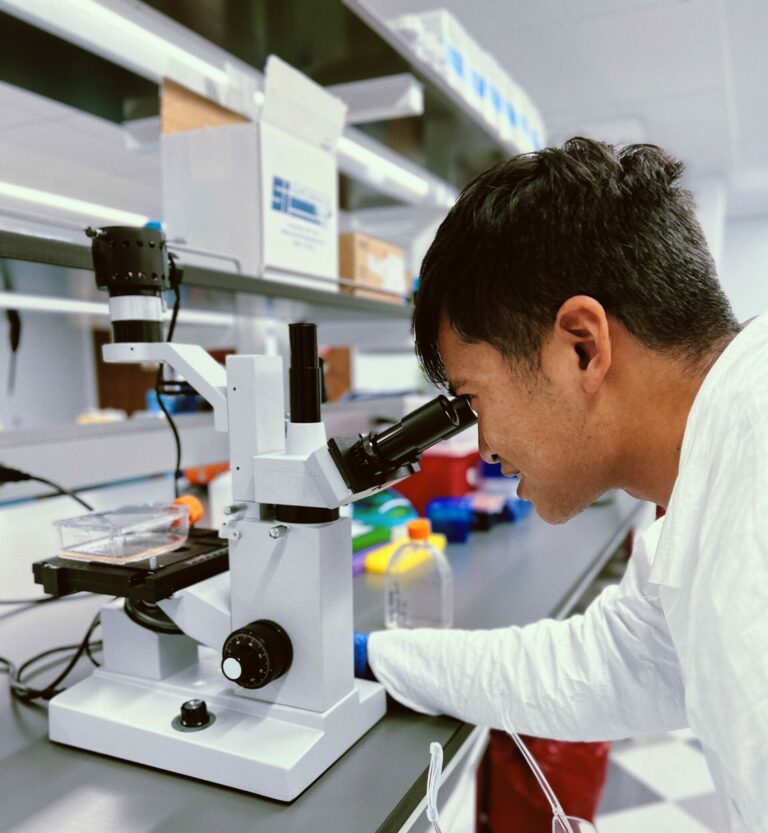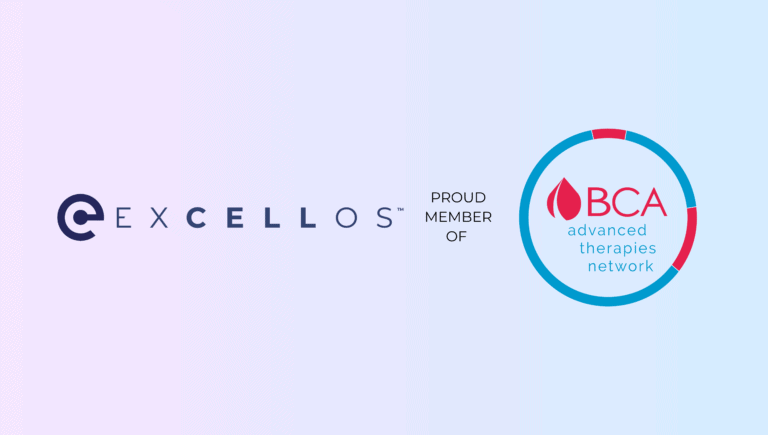Next-level donor immune cell characterization can be used as a foundation for promoting high patient response rates.
Last week in Part 1 of our donor characterization series, we dove into T cell function and donor immune cell characterization, and how those factors affect how well a patient may respond to immunotherapy. In Part 2 of this blog series, the problem will be examined from the opposite viewpoint; how can in-depth donor immune cell characterization be used to predict patient response to a particular immunotherapy, and how can early characterization of donor starting material help guide developers in creating more effective cell therapy treatments?
Increasing the likelihood of a positive outcome
As we discussed last week, a high-profile study published in Nature Medicine [1] investigated the precise T cell profiles associated with better patient outcomes in a CAR T cell therapy clinical trial. Some of the answers could be considered obvious. Higher numbers of CAR-T cells capable of rapid expansion and persistence lead to better patient response rates. Other revelations were more complex. To understand which patients responded better and why, it was necessary to perform an in-depth analysis of cellular immune mechanisms, cell subtype population ratios, cellular differentiation states, and immune cell functionality.
While the aforementioned study results were promising, this type of in-depth immune cell characterization is nevertheless uncommon. Knowing which immune cell biomarkers and phenotypes lead to successful patient responses still requires translating that knowledge toward developing therapies more likely to elicit those responses.
The answers may well lie in starting material donors. During early development, a CAR construct is optimized to ensure that it will engage with its target. That engagement needs to be specific to avoid off-target effects, and high-affinity to ensure a robust response. Donor T cells used to manufacture CARs are screened for viability and function, yet very little in-depth genomic, phenotypic, or functional analysis is carried out on the cells prior to using them for CAR production. Nonetheless, more recent research reiterates that this donor immune cell characterization should be incorporated early on in development. Single cell analysis is helping to advance biomarker discovery, with the goal of predicting patient response rates. [2] Better understanding of the tumor microenvironment is leading to more effective strategies for overcoming immune tolerance in colon cancer. [3] Examination of differentially expressed gene sets in the immune cells of COVID-19 patients is helping researchers develop new targets to fight SARS-CoV-2 infection. [4]
What does the future hold?
Being able to predict patient response helps with patient selection. Researchers can determine which patients are most likely to benefit from a specific treatment or clinical trial regimen, and which patients might respond better to an alternative treatment.
Just as critical, high-fidelity profiling of donor immune cells will let cell therapy developers select which donors will work best for their program. Understanding the genetic and phenotypic mechanics behind robust cell proliferation and therapeutic cell type persistence can guide suppliers and researchers in getting the most from their donor starting material. One can imagine a future where scientists proactively select immune cell cultures with high yields of biologically relevant immune cell subpopulations to treat a specific disease.
Excellos is currently developing next-level donor immune cell characterization for cellular starting material, including downstream analytics such as metabolic analysis. These analytics will allow cell therapeutic developers to select from a donor pool that is highly targeted to their studies.
Please visit our website to learn more about how we do donor immune cell characterization and how our products and processes can give your research the best start!
References
- Fraietta JA, et al. Determinants of response and resistance to CD19 chimeric antigen receptor (CAR) T cell therapy of chronic lymphocytic leukemia. Nature Medicine (2018) 24, 563–571 April 2018. https://doi.org/10.1038/s41591-018-0010-1
- Bai Z., et al. Single-cell Analysis Technologies for Immuno-oncology Research: from Mechanistic Delineation to Biomarker Discovery. Genomics Proteomics Bioinformatics. (2021) 19(2), 191–207 April 2021. https://doi.org/10.1016/j.gpb.2021.02.004
- Liu Z. et al. Characterization of the m6A-Associated Tumor Immune Microenvironment in Prostate Cancer to Aid Immunotherapy. Front Immunol. (2021) 12, 735170 Aug 2021. https://doi.org/10.3389/fimmu.2021.735170
- Policard M. et al. Immune characterization and profiles of SARS-CoV-2 infected patients reveals potential host therapeutic targets and SARS-CoV-2 oncogenesis mechanism. Virus Research. (2021) 301:198464. Aug 2021. https://doi.org/10.1016/j.virusres.2021.198464

